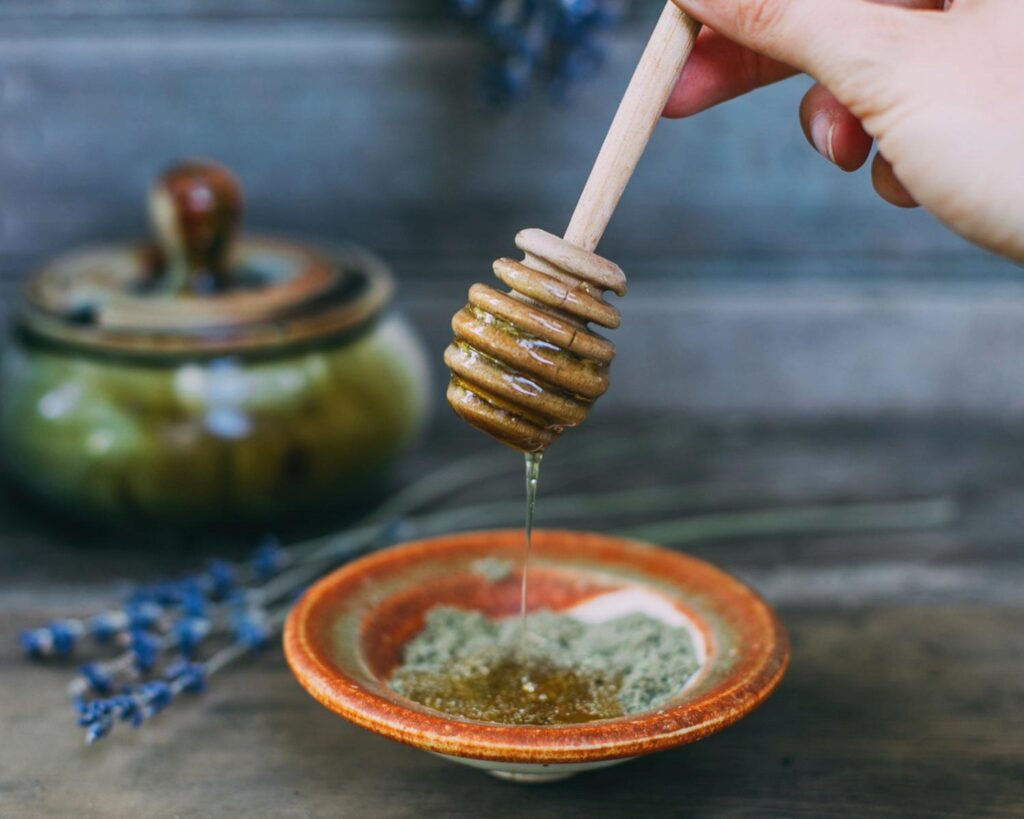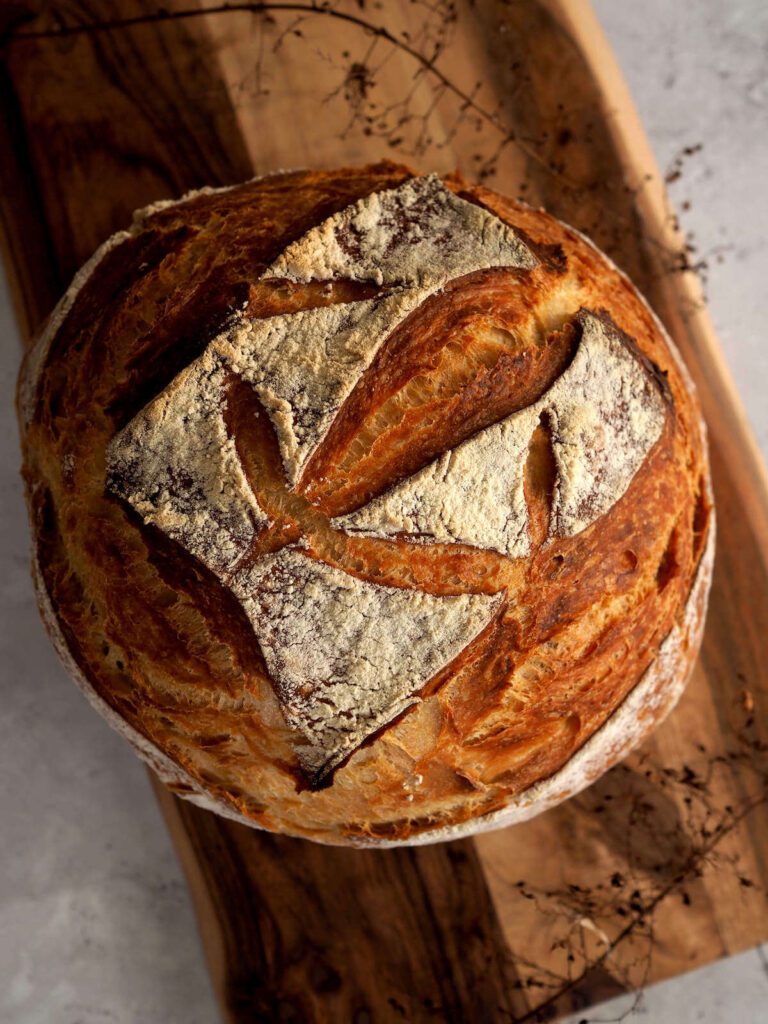From the ancient fire altars of Vedic seers to the spice-laden routes of the Silk Road, from sacred beekeeping in Egyptian temples to salt’s role in Celtic purification rites—certain ingredients have shaped our rituals, medicines, and seasonal feasts for millennia. As winter fades and the earth stirs to life, salt, honey, and spices reemerge as the keystones of spring’s culinary and ceremonial traditions.
Salt: Purifier, Preserver, and Offering to the Gods
Salt has always been more than a kitchen staple. It was once a form of currency, a sacred offering, and a key ingredient in purification rites across cultures.
- In Vedic yajnas (fire rituals), salt was mixed into oblations, symbolizing the balance of life’s essence.
- The Celts and Druids believed salt warded off malevolent spirits, sprinkling it around hearths and fields to protect new spring crops.
- The Romans, whose soldiers were sometimes paid in salt (hence the word “salary”), used it to preserve their food and bodies in sacred burial rites.
Even today, the tradition of sprinkling salt over one’s shoulder for good luck echoes these ancient beliefs. In spring kitchens, salt does more than season—it enhances the freshness of new greens, draws out flavours in pickled and fermented foods, and preserves early seasonal harvests.
Recipe Connection: Salt-Crusted Herb & Wildflower Bread
Inspired by old-world salt baking methods, this rustic flatbread is infused with foraged herbs and encased in a salt crust, honouring the long-standing relationship between salt and the bounty of spring.
Honey: The Nectar of Immortality
Honey has always carried an aura of divine sweetness.
- In ancient Egypt, it was called the ‘Tears of Ra’, believed to be the sun god’s gift to humanity.
- The Rigveda speaks of Madhu, the sacred honey, revered not just as food but as an elixir of immortality.
- The Greeks honoured bees as messengers of the gods, and in Celtic Beltane festivals, honey-sweetened mead was drunk to celebrate renewal and fertility.
- Honey was also central to Imbolc, the pre-Christian Gaelic festival marking the transition from winter to spring.
As the earth softened and the first blossoms opened, honey—gathered from bees that had survived the harsh months—symbolized hope, renewal, and abundance.
In modern kitchens, honey remains a bridge between past and present, drizzled over bread, whisked into spring tisanes, and infused with herbs for medicinal tonics.
Recipe Connection: Herb-Infused Honey Cake
A delicate cake infused with rosemary and thyme, lightly sweetened with honey, capturing the essence of ancient, honeyed offerings in a contemporary form.
Spices: The Breath of Spring’s Awakening
Spring’s return is marked by the warming of the land, and for centuries, spices have played a role in mirroring this shift—warming the body, awakening digestion, and stimulating the senses.
- Long pepper (Pippali), an ancient Indian spice, was valued for its fiery, invigorating qualities.
- Romans paired cinnamon and nutmeg with honey for early spring desserts, while medieval kitchens across Europe and the Middle East revived trade spices like cardamom and cloves as the cold months waned.
Forgotten spices like Silphium, a prized ancient seasoning, and grains of paradise, once used as a fiery alternative to black pepper, were favoured in spring feasts. Today, these flavours are experiencing a quiet revival among chefs and food historians seeking to reconnect with lost culinary traditions.
Recipe Connection: Wild Spiced Cookies with Long Pepper
A modern take on an ancient tradition, these spiced cookies combine warming spices like long pepper and anise, evoking the vibrant spice traditions of springtime renewal.
Conclusion: Reawakening the Sacred Flavors of Spring
Salt, honey, and spices are not just ingredients; they are echoes of humanity’s oldest traditions—preserving, sweetening, and enlivening both food and spirit. Whether through a salted bread crust, a drizzle of honey over warm cakes, or the sharp heat of forgotten spices, spring’s kitchen continues the rituals of our ancestors, connecting us to the rhythm of the seasons in every bite.

